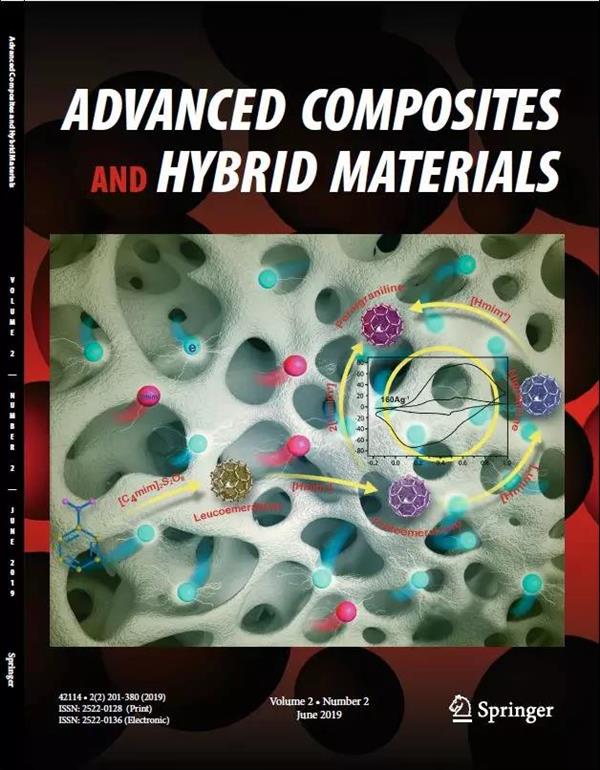A wearable ionic hydrogel strain sensor with double cross-linked network for human–machine interface
Abstract
Wearable strain sensor prepared with ionic conductive hydrogel holds great promises in a variety of engineering fields. In this work, we introduce sodium casein (SC) into a dual network hydrogel system made of polyvinyl alcohol (PVA) and polyacrylamide (PAM), to prepare an ionic hydrogel sensor. Compared to the PAM/PVA dual network hydrogel, the introduction of SC plays a significant synergistic role. Such dual network PAM/PVA/SC hydrogels exhibit excellent mechanical properties (a maximum strain of 719%, a maximum stress of 444.3?kPa), low hysteresis, and rapid recovery after uni-axial stretching. Since SC drives a large number of free ions, PAM/PVA/SC hydrogels present good conductivity while maintaining high physical stability, to enable an excellent sensitivity in a comparatively large strain range (Gauge factor, GF?=?2.17 under 400% strain). The unique properties allow the generation of stable and accurate electrical signals transduced from different locations of the human body. As such, the PAM/PVA/SC hydrogel has the potential to be used as human–machine interface for continuous, real-time physiological monitoring.





